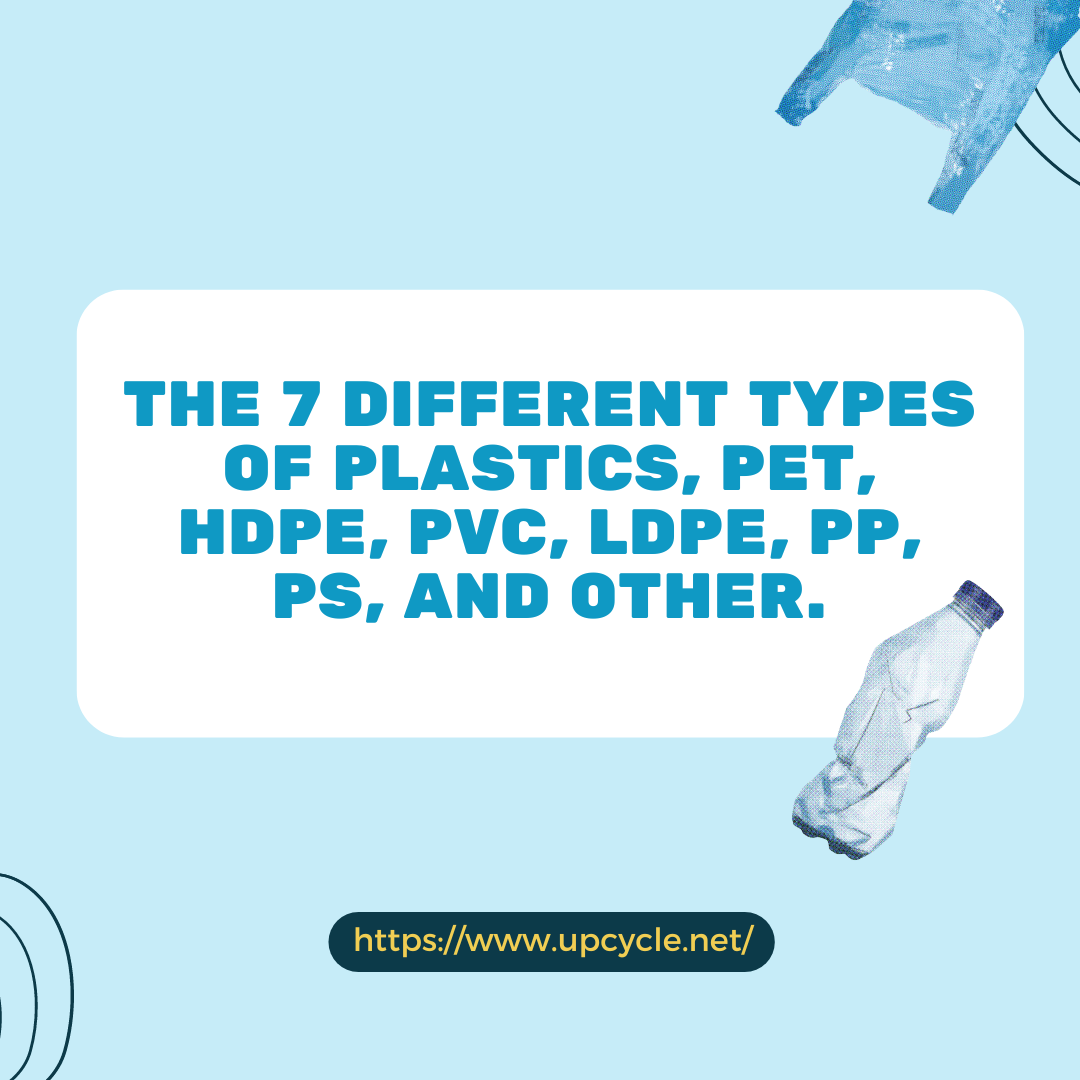Plastics are everywhere. They are in our homes, offices, cars, and even in the clothes we wear. Those little plastic buttons on your shirt? They’re made of plastic. The soda bottle you just drank from? It’s made of plastic. The toys do your kids play with? Yup, most of them are made of plastic too.
Plastics have become so ubiquitous because they are inexpensive and durable. But there is a downside to all that durability: it takes centuries for plastics to break down in the environment. That means that every bit of plastic ever made still exists in some form today. Most plastics are made from petroleum, a non-renewable resource. So not only do plastics pollute our environment, but their production also contributes to climate change.
There are different types of plastics, each with its own properties and uses. But not all plastics are created equal when it comes to the environment. Some types of plastics are more recyclable than others, and some are more likely to end up in the ocean.
Here’s a breakdown of the 7 different types of plastics
- PET or PETE (Polyethylene Terephthalate)
Polyethylene Terephthalate is one of the most common types of plastic. It’s used in soda bottles, water bottles, cooking oil bottles, and many other food and beverage containers. PET is also used to make synthetic fibers like polyester.
PET is semi-rigid and clear or tinted. It’s lightweight and strong, making it ideal for packaging. PET is also easy to recycle and can be made into new products like carpeting, clothing, and food containers.
- HDPE (High-Density Polyethylene)
High-Density Polyethylene is used in milk jugs, detergent bottles, shampoo bottles, bleached food containers, and some toys.
HDPE is opaque and has a waxy feel. Also, HDPE is less likely to leach chemicals into food than other plastics. HDPE is recyclable, but not all recycling facilities accept it.
- PVC or V (Polyvinyl Chloride)
Polyvinyl Chloride is used in plumbing pipes, shower curtains, window frames, credit cards, and some food packaging.
PVC is rigid and has a glossy finish. It’s strong but lightweight, making it ideal for construction applications. PVC is not easily recycled and can release harmful chemicals when incinerated.
- LDPE (Low-Density Polyethylene)
Low-Density Polyethylene is used in plastic bags, food wraps, and some squeezable bottles. LDPE is soft and flexible. By recycling it you can manufacture new products like garbage bags, floor tiles, and shipping envelopes.
- PP (Polypropylene)
Polypropylene is a thermoplastic polymer used in a wide variety of applications.
PP is a type of plastic that is tough and used in packaging. It can be found in some automobile parts, reusable containers, etc. You can recycle PP to create new products like rope, carpeting, and fabric.
- PS (Polystyrene)
Polystyrene is a versatile plastic used to make a wide variety of consumer products. As a hard, solid plastic, it is often used in products that require clarity, such as food packaging and laboratory ware.
- OTHER
The “OTHER” category includes any plastics that don’t fall into one of the above categories. This includes items like plastic grocery bags, buttons, and toothbrushes. Plastics in the “OTHER” category are not easily recycled and can release harmful chemicals when incinerated.

